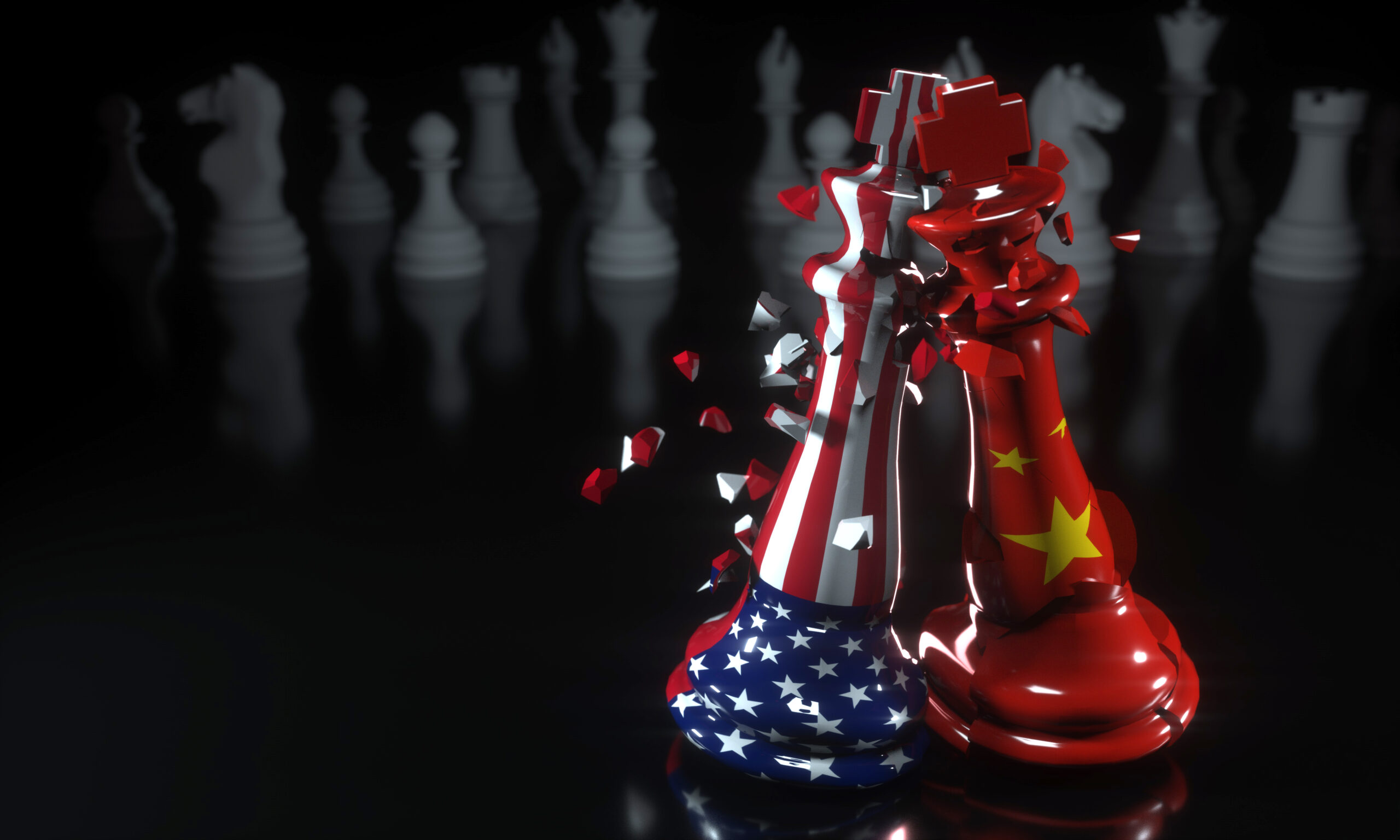“While tariffs grab headlines and resonate politically, the stark reality is that the U.S.-China trade imbalance remains entrenched at nearly $300 billion. This isn’t merely a numbers game—it’s indicative of deep-rooted structural dynamics reshaping global trade relationships.” — Alastair Neill, P. Eng., MBA, President, Trinity Management Ltd. & Director, Critical Minerals Institute (CMI)
As the United States embarks on a bold reconfiguration of global trade dynamics under its new administration, the strategy of imposing sweeping tariffs on imports—particularly targeting China—has begun to reshape economic alliances, disrupt supply chains, and strain geopolitical relationships.
In 2024, U.S. exports to China reached $143.5 billion, while imports soared to $438.9 billion, resulting in a trade deficit of $295.4 billion. This disparity, although below the 2018 peak of $418 billion, remains a focal point for U.S. policymakers who see it as emblematic of structural imbalances in global trade. Key American exports to China include soybeans ($15.2 billion), crude petroleum ($10.7 billion), and petroleum gas ($10.3 billion). In contrast, top Chinese exports to the U.S. comprise electronic equipment ($124.5 billion), machinery ($89 billion), and consumer goods such as furniture, toys, and lighting products.
Last week, the U.S. escalated tariffs on Chinese imports by an additional 34%, on top of an existing 20% baseline. The response from Beijing was immediate and pointed. China’s State Council Tariff Commission denounced the move as “a typical unilateral bullying practice,” and retaliated with a matching 34% tariff on all American imports. These countermeasures are not merely symbolic. China has already begun deploying targeted export controls on critical materials, most recently announcing a ban on the global export of seven rare earth elements—samarium, gadolinium, terbium, dysprosium, lutetium, scandium, and yttrium-related items, materials vital for electric vehicles, wind turbines, and defense technologies. Currently, the only production of these seven items is limited to Scandium from Russia and a Japanese joint venture in the Philippines.
This chess match is more than a bilateral dispute; it’s a global economic standoff with reverberating consequences.
Strategic Leverage in Rare Earths
China’s retaliatory measures have extended beyond tit-for-tat tariffs. Its export restrictions on rare earths—elements such as samarium, dysprosium, and terbium—are especially impactful given that China controls the global production and processing of these elements presently. These elements are not only integral to green technologies but also essential to advanced military systems.
Currently, no country outside of China has the capability to separate and refine these elements at commercial scale. Companies such as Lynas Rare Earths Ltd. (ASX: LYC) (Australia), MP Materials Corp. (NYSE: MP) (USA), and Neo Performance Materials Inc. (TSX:NEO) (Canada) are dependent on Chinese processing facilities. In the absence of significant stockpiles, manufacturers in the U.S. and Europe could face immediate supply disruptions—particularly in the defense and renewable energy sectors. One exception is Solvay which has announced the reopening of its La Rochelle plant which has separated rare earths previously.
A Blunt Instrument
While the administration’s strategy may resonate politically, critics argue that broad-brush tariff policies risk collateral damage, particularly to allies and developing nations. Laos, for example—a country of fewer than 8 million people and an average income of just $2,160 per year—has been hit with a 48% tariff. In 2024, Laos exported $800 million worth of goods to the U.S., up from $500 million the year before. Yet the country imported only $40 million in U.S. goods, primarily medical and recycled products. Expecting Laos to rapidly increase imports twentyfold to “balance” the ledger is economically unrealistic—and potentially devastating for a fragile economy.
Similarly, the case of Japan is often misrepresented. U.S. officials have pointed to Japan’s low imports of American cars as evidence of unfair trade practices. However, the underlying issue is one of design: American vehicles are produced almost exclusively for drive on the right hand side, while Japan—like the U.K. and much of the Commonwealth—drives on the left side of the road which requires a redesign. It’s a logistical mismatch, not a protectionist barrier.
Even Canada, one of America’s closest trade partners, finds itself caught in the crossfire. To achieve a “balanced” trade with its southern neighbor, Canada would need to redirect exports of crude oil, potash, and lumber—cornerstones of its economy—elsewhere, a feat both economically and diplomatically challenging.
The Trade-Offs Ahead
The fundamental issue remains: the U.S. consumer market relies heavily on imports from lower-cost economies. Repatriating manufacturing at scale, particularly for electronics and consumer goods, is a long-term endeavor that requires massive infrastructure investment and labor realignment. Until then, tariffs may serve more as a political signal than an economic solution.
Moreover, the goal of achieving balanced trade with every country may be more ideological than practical. Trade deficits are not inherently negative; they often reflect consumption patterns, investment flows, and comparative advantage. Attempting to neutralize every deficit could lead to market inefficiencies, diplomatic tensions, and inflationary pressure on American consumers.
While the current strategy may play well in certain political circles, it risks fracturing the intricate web of global trade, where allies and rivals alike are bound by supply chains and interdependence. And as China plays the long game with rare earths and strategic exports, the global economy may find itself facing a resource bottleneck that tariffs alone cannot fix.
For now, it seems, one safe party in this unfolding economic standoff may be the penguins of Heard and McDonald Islands—untouched, uninvolved, and untroubled by the politics of global trade.




Leave a Reply